‘Laban lang!’ Breast cancer patients face new challenges in this pandemic
As the world marks Breast Cancer Awareness Month, three Filipinas share their rollercoaster ride to overcoming the illness, particularly in the time of COVID-19.
Fifteen deaths a day. Twenty-six diagnoses for every 100 women. Below 50% survival rate. This is breast cancer in the Philippines, in numbers, based on a 2019 paper published by the Philippine Statistics Authority.
But breast cancer patients are more than just statistics—they are flesh, blood, and spirit. We look into the journey of three of them in the time of COVID-19.
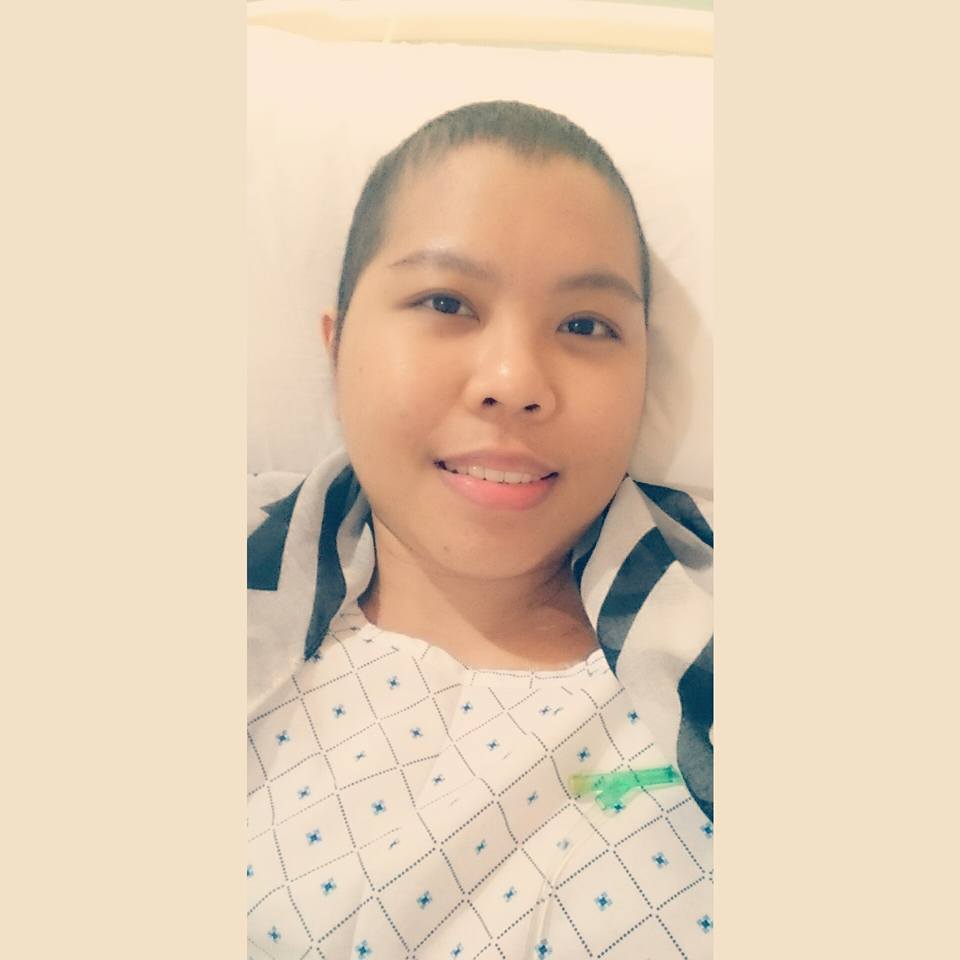
Lot dela Cruz was in a holiday mood as she picked out a few dresses from the department store's rack. It was December 2015, and she only had a few days left to find an outfit to wear to their office year-end party—and maybe for her birthday, too. In less than a month, she was turning 32.
With a promising career and a family who always had her back, Lot savored a moment of gratitude as she gazed at her reflection in the mirror inside the fitting room.
And then, there it was—an unmistakable bump near the right chest bone, on her breast. She felt it as she put on a piece of undergarment.
It was the first time she had noticed it and she started to feel anxious, but she quickly calmed herself with a reminder that her monthly period was due in two weeks.
Besides, she had always been healthy, and as of July that year, the results of her routine physical exam, an annual perk of her employment, said so. She gave it no further thought, even as she felt the lump and it didn't budge.
“But after a week, I noticed other changes in my body: my right nipple had inverted, and I would get sudden sensations of pain within the area of the lump,” Lot recalls. Immediately, she decided to see a doctor.
Fifteen deaths a day; 26 diagnoses for every 100 women. Below 50% survival rate. This is breast cancer in the Philippines. Behind the numbers are flesh, blood, and spirit.
The results of her breast ultrasound were suspicious, so an excision of the lump was recommended so the doctors could do a biopsy.
“On January 7, 2016, I was diagnosed with Invasive Ductal Carcinoma. It was potentially at Stage 2, based on the size of the lump in my right breast. It was scary at first but we were quick to decide on the next steps.
“When my surgeon asked me if I was willing to undergo surgery (modified radical mastectomy) to completely remove my right breast, I immediately agreed. The procedure was done two days later," Lot says.
The final diagnosis was that she had Stage 2A breast cancer, which meant that it had not yet spread to the nearby lymph nodes. They caught it early. She considered it an early birthday blessing.
In addition to surgery, Lot was put under an intensive—and expensive—treatment plan consisting of eight cycles of chemotherapy and 18 cycles of targeted drug treatment (to kill a specific cancer cell or receptor).
To sustain it, her family sought the help of government agencies like the Philippine Charity Sweepstakes Office (PCSO) and the Department of Social Welfare and Development (DSWD), and the Bulacan local government for financial assistance.
Frail and vulnerable, Lot started feeling insecure about herself. “My immune system was down and I became forgetful. It was hard for me to focus,” she says.
It took a toll on her job as lead process specialist for one of the entities under Shell Philippines.
“It affected my self-esteem because it felt like there were things I could no longer do as they might have an impact on my health.”
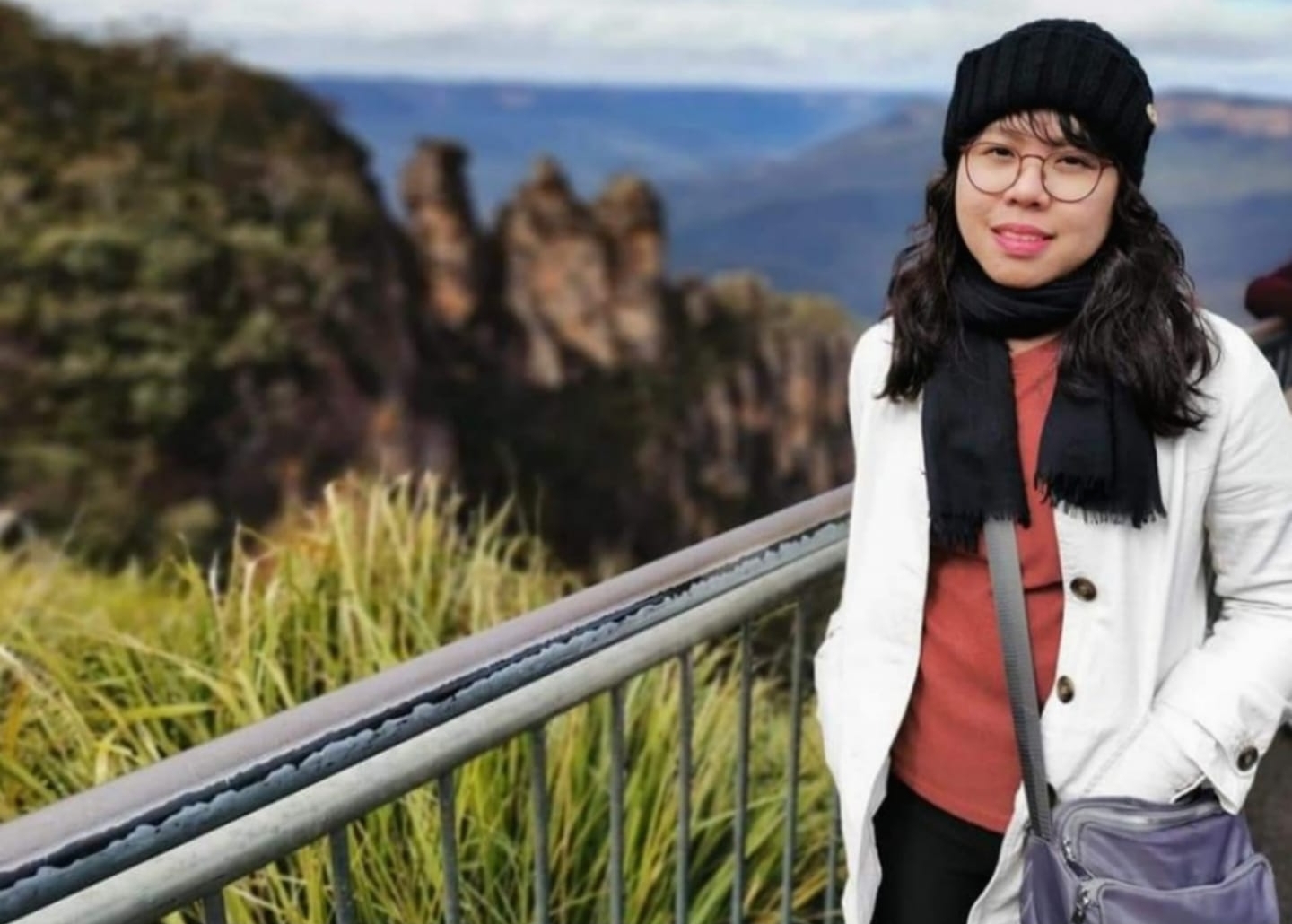
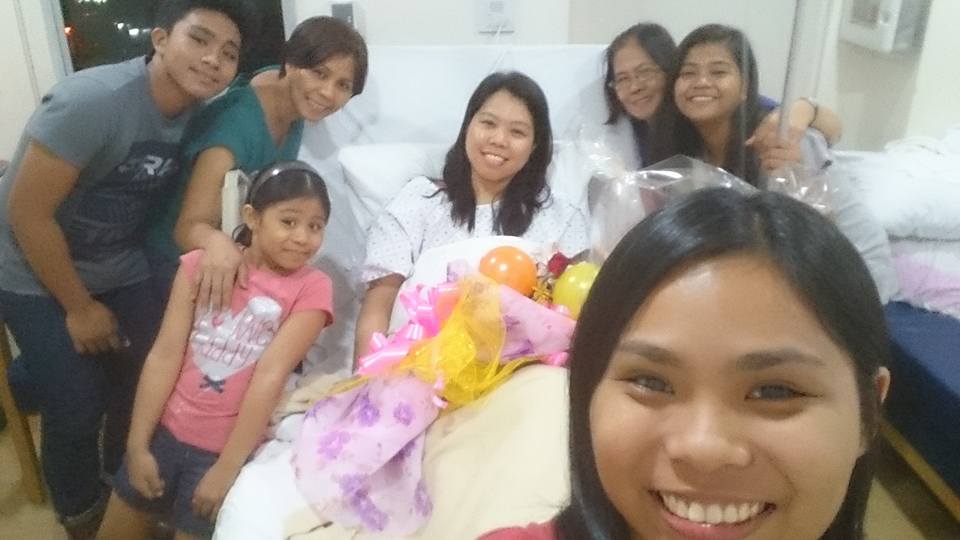
Now, four years after her breast cancer diagnosis, Lot is in remission. She has been cancer-free for two years and is in the third year of her five-year hormone therapy. The COVID situation, however, has made it even more challenging to seek treatment.
“Last May I was scheduled to get my Luprolex injection (done every three months to suppress my ovary from producing estrogen). However, because of the increased risks due to COVID, my oncologist advised against going to the hospital,” she says.
Instead, she was given an alternative medication which had more adverse side effects.
Lot also had blood tests and a breast ultrasound due last May that had to be postponed. She managed to have them done in July. Even then, she says booking an appointment can be difficult because from a daily schedule, her doctor only held clinics twice a week during the lockdown.
Still, Lot considers herself lucky and chooses to focus on the things she can control to keep her mind and body strong.
“I mostly eat vegetables, poultry, and fish. I put in at least 150 minutes of exercise per week and drink at least two liters of water every day. I draw and paint, and put into writing any frustrations I may have to release my thoughts.
“Apart from the best medications in the world, what can help you survive the illness is yourself—have a positive outlook—and God, of course.”
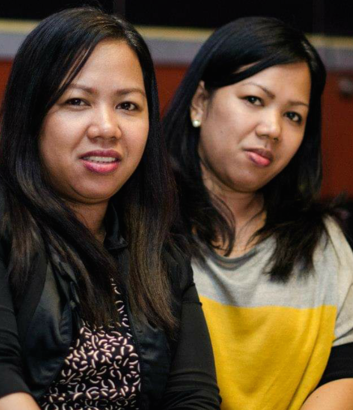
Edith Martin, 42, will always remember March 2017 with poignancy.
It was when they lost Judith to breast cancer due to liver complications. Now, that sadness is punctuated by fear, too, for her own life, as she was told that, like her twin, she also had breast cancer.
“In October 2018, may nakapa akong parang kulani sa right underarm ko, parang maliit na holen. It wasn’t painful but it wasn’t going away either. Pero sa breast ko wala naman ako nakapang bukol,” says Edith.
She went through weeks of denial and distracted herself by putting in more hours into her home-based food business to keep from worrying. When she ran out of excuses, she went to see the doctor.
“I was diagnosed with breast cancer (Invasive Ductal Carcinoma) on Jan. 29, 2019 after ng biopsy ng mass na nakuha sa akin. Sobrang nakakapanghina, pati pala ako meron," says Edith, adding that aside from her twin, their mother also died of Stage 4 breast cancer.
Edith underwent mastectomy of her right breast, followed by 8 sessions of chemotherapy. "Since yung result ng Her2-FISH ko ay estrogen receptor positive at progesterone receptor positive, dinagdagan yung treatment ko ng 18 sessions ng Herceptin," which costs Php50,000 each.
Her husband Alfredo and her siblings all pitched in to build up the amount she would need for her treatment, but that was the easy part.
“The first four sessions of my chemo were the hardest. Hirap ako sa pagkain dahil wala akong malasahan; kahit yung tubig lasang kalawang.
“Para din akong nag-early menopause kasi on and off ang aking period, pero mas madalas wala,” she adds. When her hair started to fall out three days after her first session of chemotherapy, Edith decided to shave it all off.
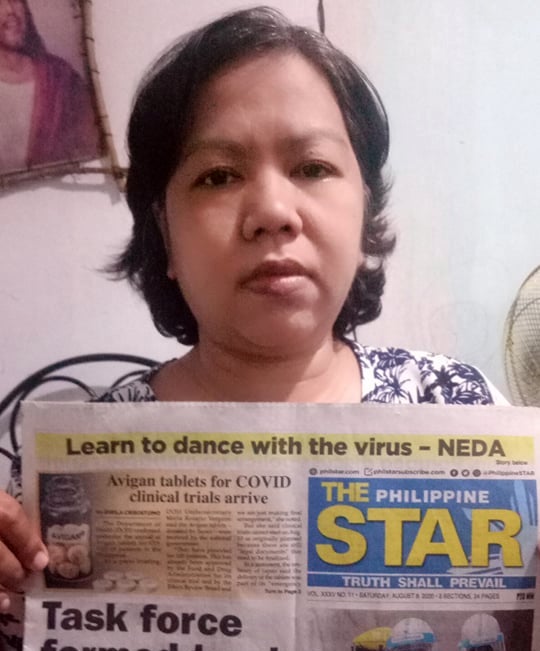
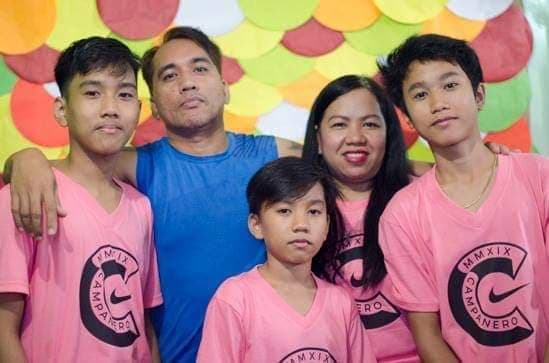
Her family suffered yet another big blow when Alfredo, a restaurant cook, and her brother who helps fund her treatment lost their jobs simultaneously at the onset of the COVID-19 pandemic. Edith's funds were scarce to begin with, but this was sure to make a dent on their finances even more. They turned to PCSO.
“Nitong pandemic sobrang hirap yung online application nila, paunahan makapasok. Kapag walang Guarantee Letter galing PCSO, magiging P70,000 per session ang Herceptin treatment. Yun yung dahilan kaya na-delay yung chemo ko ng halos isang buwan, kasabay pa ng walang public transportation kaya walang masakyan papuntang ospital.”
Edith is thankful for the kindhearted people who sent her money, put up an online gig to raise funds, and lent her a vehicle during these desperate times.
At her lowest point, Edith felt overwhelmed by her situation. With three teenage children to look after and her husband out of work, throwing in the towel was not an option. Edith’s positive attitude continues to shine through.
“Kailangan kong maging matibay at lumaban sa buhay dahil kailangan pa ako ng asawa't anak ko. Kailangang magpagaling. Laban lang!”
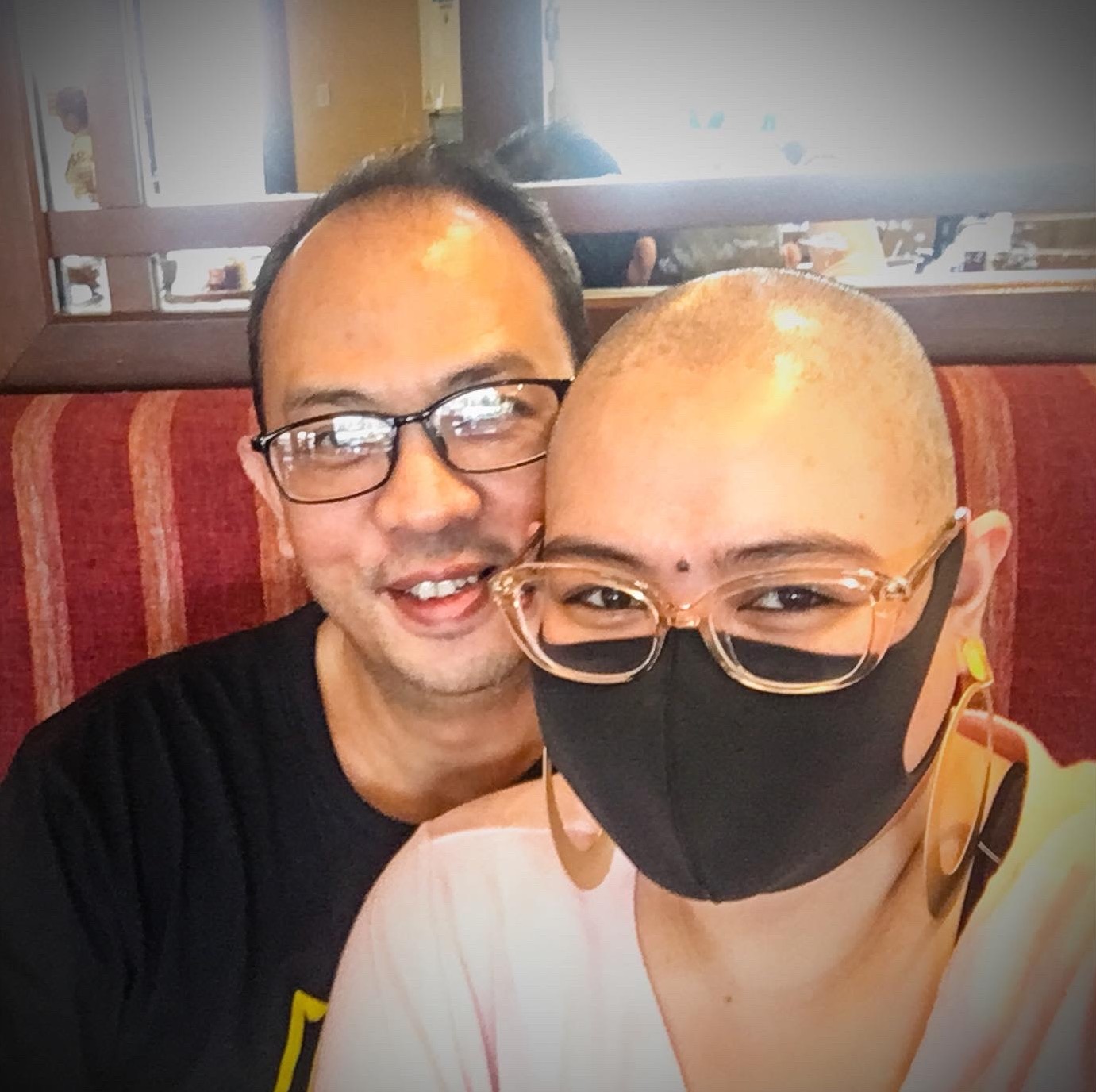
When she wasn't wearing head scarves, Joey Palenzuela-Cruz opted for accessories to complement her new look. "I realized that I was actually okay with being completely bald."
The day Angela “Joey” Palenzuela-Cruz went to the doctor, it was to find relief for her chronic back pain, which was caused by two herniated discs. Even as she discovered a suspicious lump on her right breast a few months prior, she had no intentions of bringing the matter up.
“Denial is a great friend in times like these, I thought. ‘It doesn’t bother me anyway, so it’s probably nothing.’
“When I realized the lump had grown—and there was no denying it anymore—fear took over.
“It just so happened that my orthopedic surgeon’s wife was an OB-gyn. She checked [the lump] and wouldn’t let me leave without getting my ultrasound done. That was the beginning,” Joey recounts.
Two days later, the ultrasound results came. She had cancer. But to confirm the diagnosis, more tests had to be done.
Through her OB-gyn's referral, another doctor did a Fine Needle Aspiration biopsy on Joey.
“As it turns out, my mass was vascular—meaning it was wrapped in veins. When my first biopsy was done, my then-doctor opted to do it by feel. She hit the veins, not the mass,” she writes on her blog, thus the results came out inconclusive.
But it gave her husband hope—that maybe it was not cancer.Joey, on the other hand, knew in her heart it couldn't be anything but.
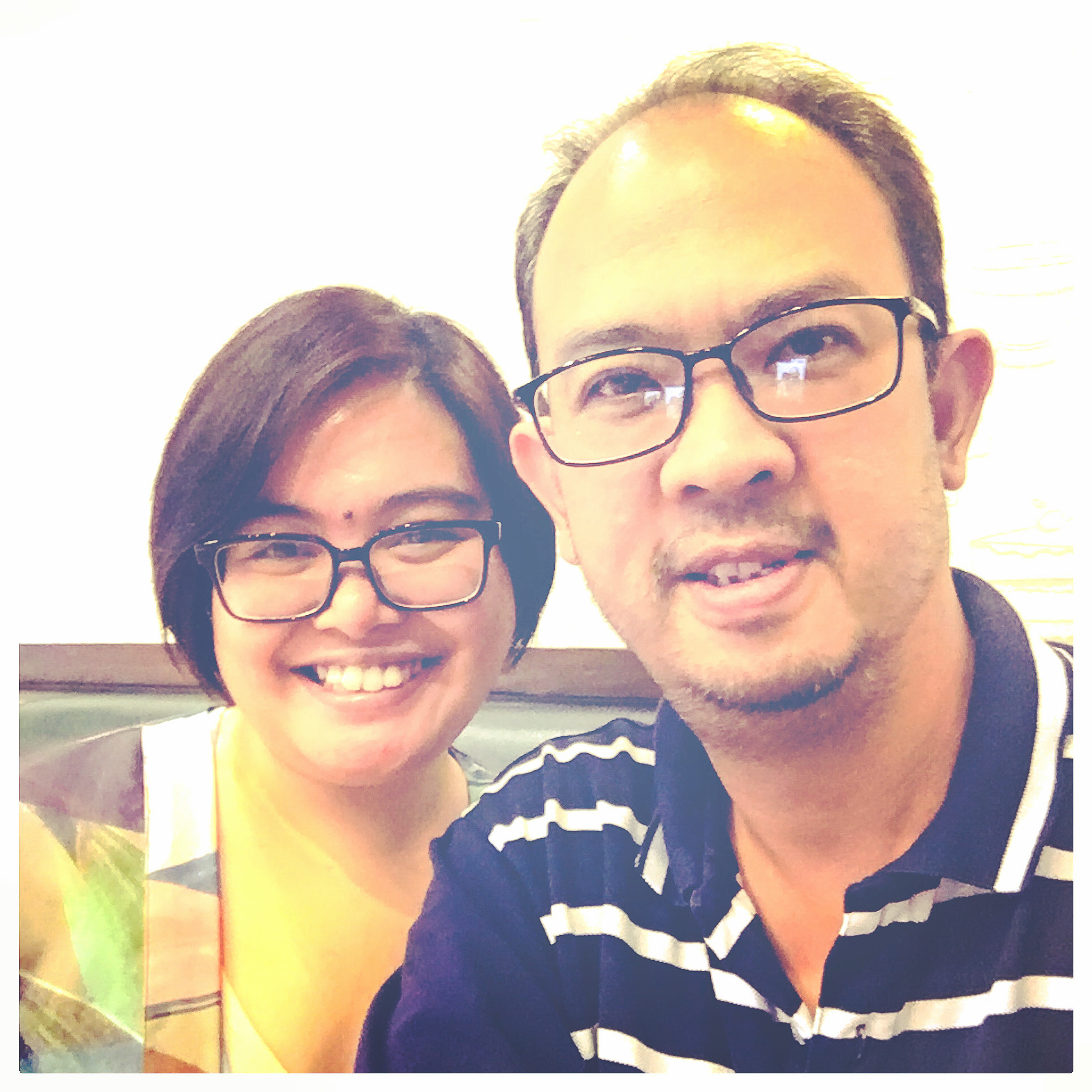
After another round of consultations and a Core Needle Biopsy, this time with a different set of doctors (at Asian Breast Center), Joey got the confirmation on Dec. 7, 2019.
“The day the doctor called me, I cried for hours. Then I got over it and started thinking of how we were going to deal with it.”
A breast panel was recommended to determine the subtype of breast cancer she had and, accordingly, the most effective treatment plan.
“My breast panel result was HER-2 Positive, which meant my cancer was more aggressive,” Joey explains. She was scheduled for a lumpectomy, sometimes called a breast-conserving surgical procedure to remove abnormal tissues, two days before Christmas of 2019.
Chemotherapy sessions began a month later, on February 1, 2020.
"I could never sleep the night before a scheduled infusion," Joey says, because of stress. “It didn’t help that getting my IV in was always difficult. By my fifth or sixth infusion, my nurses would have to do multiple inserts because my veins started collapsing.”
There were the side effects that she expected: fatigue and muscle weakness, hair loss (including her eyebrows and eyelashes), loss of her sense of taste, and a numbness in her extremities.
We could only delay my infusions to a maximum of six weeks—after that, we risk the cancer returning and, worse, spreading.
Radiation, on the other hand, was a completely different experience. “The actual radiation is painless. I went through 16 sessions of tomotherapy, which was done daily. Now my right side, from my neck to the middle of my torso, is burned. That’s what I’m dealing with these days.”
That, and the additional threat of COVID for a high-risk individual like herself.
“I had a chemo cycle scheduled the Saturday after lockdown was announced. I called my oncologist and told him about our dilemma – how safe was it to go the hospital and go through chemo? Would it be better to delay it?

“Given that we had no idea when the lockdown was going to end, going through chemo as scheduled was a lesser evil. We could only delay my infusions to a maximum of six weeks—after that, we risk the cancer returning and, worse, spreading," says Joey.
Despite her ongoing treatment, Joey has continued working, from home, to keep her mentally strong.
“I used the time we were in ECQ to attend a lot of webinars. When our operations resumed, I went back to doing client calls and managing accounts. I compensated for not being able to deliver training by taking a lot of the back-end work,” she says.
She also took Spanish lessons and started writing again.
Always hope. Life will never be the same, but it doesn't mean it has to be worse.
In retrospect, the 39-year-old managing consultant for a training and consultancy firm understands now the importance of early screening, and that she should have gotten regular check-ups when she was younger.
“I’ve never had a regular OB. I have never had a mammogram – annual physical exams always require it for women aged 40 and above. I never knew I should have gotten my first when I was 35.”
Joey still marvels at how she has managed to go this far. She gives most of the credit to her husband Don for the unwavering support.
“Only my husband has seen me on my really bad days—the days I can’t get out of bed, the days I can’t keep anything down, the nights I would wake up in a cold sweat because I am terrified of what’s happening."
Her other ally, aside from family, was information.
“Don’t panic—having cancer isn’t an automatic death sentence. Read up on your condition, but also understand that just because you read it somewhere, it’s going to happen to you. Educate yourself, be well-informed, but not to the point of paranoia.
“And always hope. Life will never be the same, but it doesn't mean it has to be worse.”


